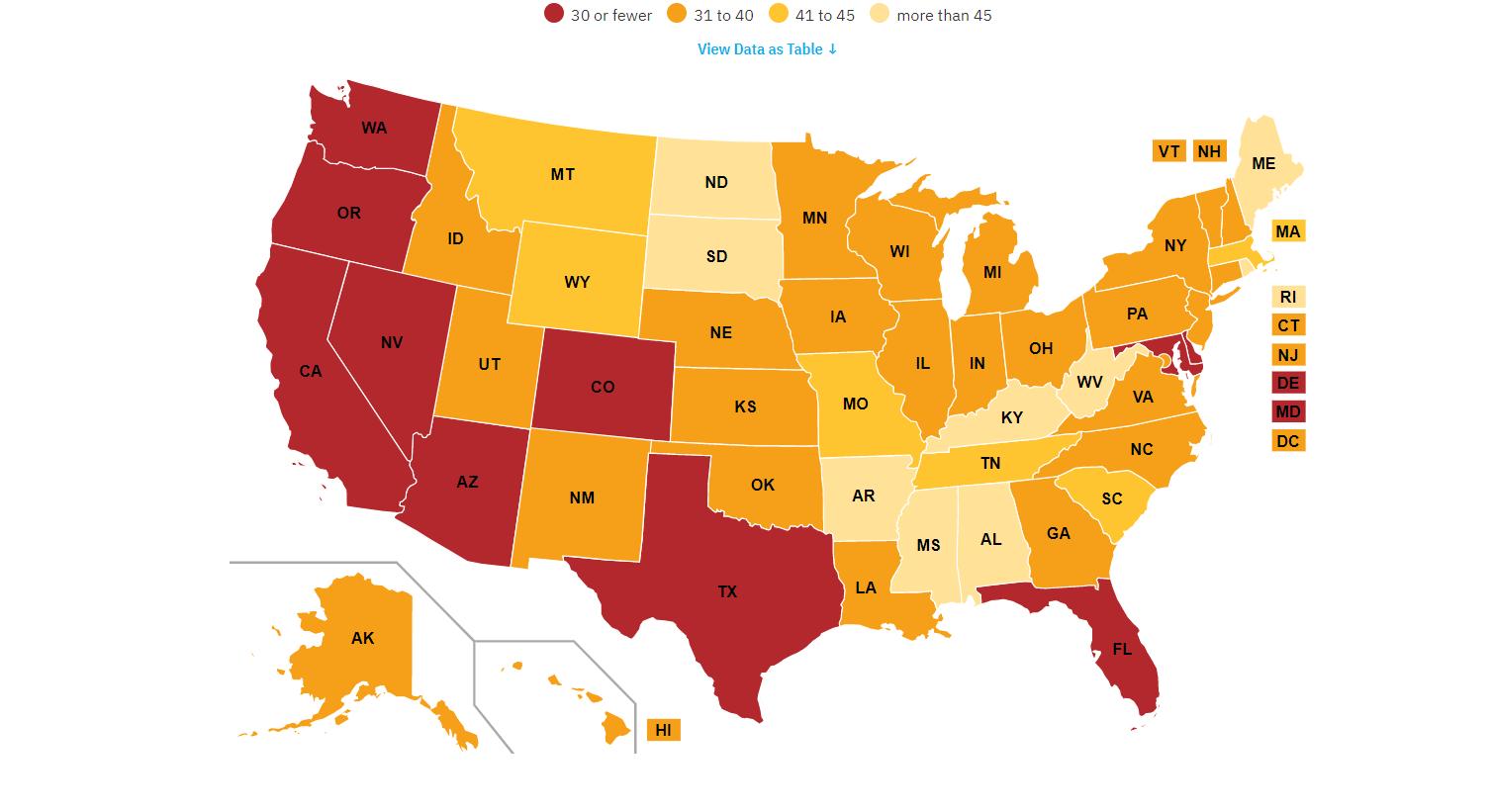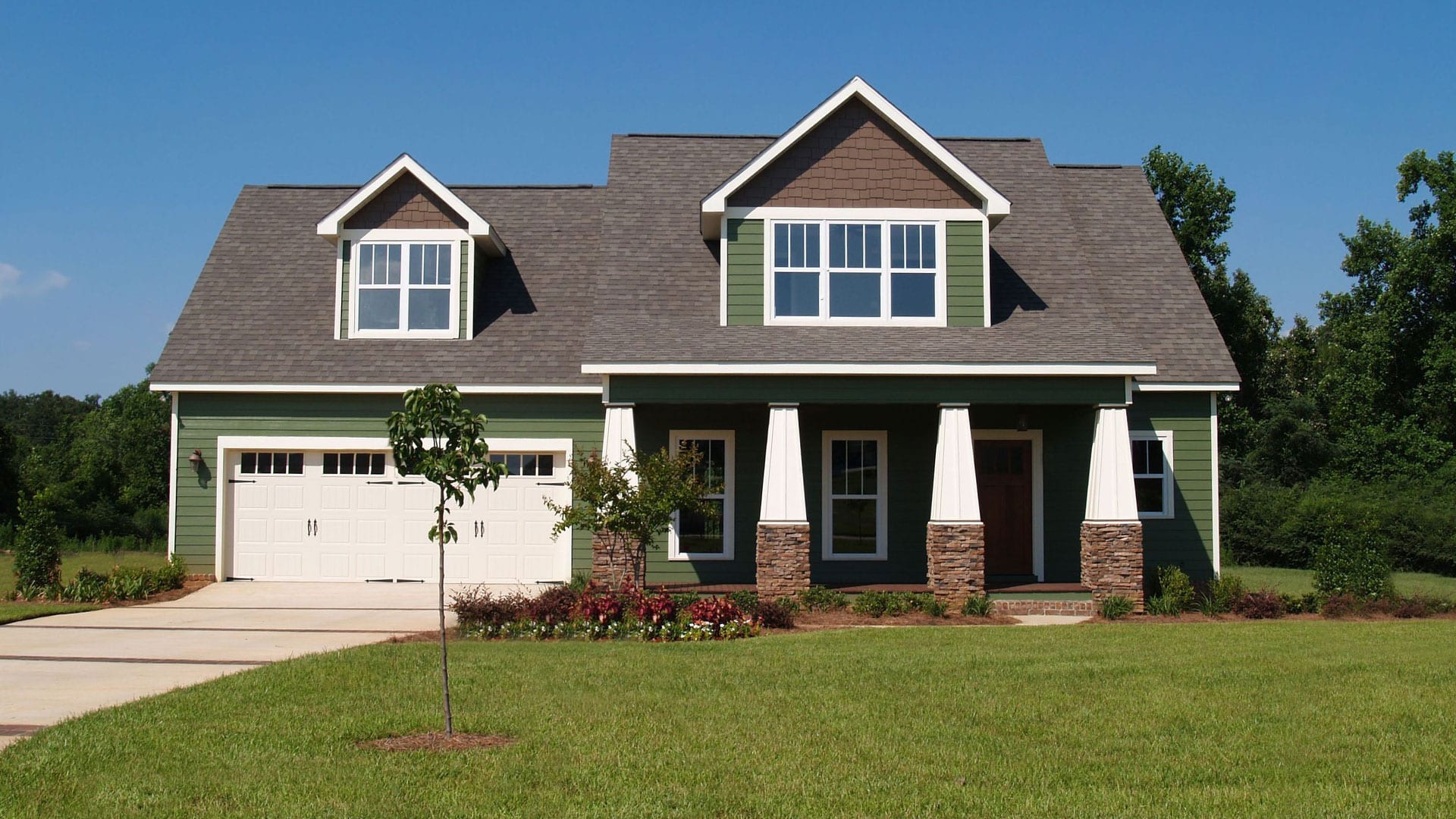Millions of Low-Income Renters Struggle to Find Affordable Homes
The National Shortage of Affordable Rental Housing in the United States is a pressing issue, with millions of low-income renters struggling to find affordable and available homes. According to data, the U.S. has a shortage of 7.3 million rental homes that are affordable and available to renters with extremely low incomes. This means that only 33 affordable and available rental homes exist for every 100 extremely low-income renter households.
The shortage of affordable rental housing is a problem in every state and major metropolitan area, with some areas facing severe shortages. In 12 of the 50 largest metropolitan areas in the country, the absolute shortage of affordable and available homes for extremely low-income renters exceeds 100,000 units.
| State | Extremely Low Income Renter Households | Number of Affordable and Available Rental Homes per 100 Extremely Low Income Renter Households | Extremely Low Income Renter Households with Severe Cost Burden |
|---|---|---|---|
| California | 1,308,328 | 24 | 78% |
| Texas | 904,814 | 25 | 79% |
| New York | 970,882 | 32 | 73% |
| Florida | 575,379 | 23 | 83% |
| Ohio | 447,717 | 40 | 68% |
| Illinois | 443,746 | 34 | 73% |
| Pennsylvania | 430,703 | 38 | 69% |
| North Carolina | 343,385 | 39 | 72% |
| New Jersey | 323,284 | 31 | 74% |
| Georgia | 322,338 | 34 | 77% |
| Massachusetts | 313,607 | 44 | 64% |
| Michigan | 301,315 | 36 | 72% |
| Virginia | 254,821 | 32 | 78% |
| Washington | 242,726 | 28 | 75% |
| Tennessee | 217,445 | 41 | 69% |
| Maryland | 207,554 | 30 | 75% |
| Missouri | 204,049 | 44 | 69% |
| Indiana | 199,050 | 39 | 70% |
| Wisconsin | 195,642 | 35 | 69% |
| Louisiana | 187,331 | 39 | 71% |
| Arizona | 179,846 | 24 | 80% |
| Alabama | 170,510 | 49 | 70% |
| Colorado | 168,752 | 26 | 78% |
| Minnesota | 167,522 | 38 | 66% |
| Kentucky | 165,116 | 46 | 67% |
| South Carolina | 157,352 | 42 | 74% |
| Connecticut | 142,367 | 37 | 68% |
| Oregon | 141,795 | 23 | 80% |
| Oklahoma | 134,533 | 39 | 70% |
| Mississippi | 107,372 | 51 | 69% |
| Nevada | 101,413 | 17 | 86% |
| Arkansas | 100,262 | 47 | 68% |
| Iowa | 95,680 | 40 | 65% |
| Kansas | 92,717 | 40 | 71% |
| New Mexico | 67,899 | 36 | 73% |
| Nebraska | 65,077 | 38 | 66% |
| Utah | 65,032 | 33 | 73% |
| West Virginia | 58,212 | 50 | 66% |
| District of Columbia | 54,624 | 40 | 73% |
| Rhode Island | 51,596 | 53 | 60% |
| Maine | 44,256 | 49 | 52% |
| Hawaii | 41,207 | 34 | 70% |
| Idaho | 39,722 | 38 | 66% |
| New Hampshire | 32,677 | 38 | 62% |
| Delaware | 29,007 | 27 | 77% |
| Montana | 28,632 | 45 | 65% |

This data shows the availability of affordable rental housing for extremely low-income renter households in each state in the United States, as well as the percentage of those households that are experiencing severe cost burden. Severe cost burden refers to households that spend more than 50% of their income on housing costs, which can lead to significant financial stress and difficulties in affording other necessities like food, healthcare, and transportation.
The data reveals some significant disparities between states, with some states having a much higher number of affordable and available rental homes per 100 extremely low-income renter households than others. For example, Nevada has only 17 affordable and available rental homes per 100 extremely low-income renter households, while Alabama has 49. Similarly, the percentage of households experiencing severe cost burden also varies widely, with Rhode Island having the highest percentage at 53% and Nevada having the lowest at 17%.
Overall, the data suggests that there is a significant shortage of affordable rental housing for extremely low-income renter households in many parts of the country, particularly in states with low numbers of available rental homes per 100 households.
This shortage can have serious consequences for families struggling to make ends meet, as they may be forced to choose between paying for housing and other basic needs. Additionally, the high percentage of households experiencing severe cost burden in many states highlights the urgent need for affordable housing policies and programs that can help alleviate the financial burden of housing costs for low-income families.
Forecasting the Need for Affordable Housing for Low-Income Renters
Forecasting the need for affordable housing for low-income renters is an essential step in addressing the housing crisis in the United States. According to projections, the demand for affordable rental housing will continue to rise in the coming years due to several factors, including population growth, income inequality, and the aging of the population.
The population of the United States is projected to grow by over 10% by 2040, with much of this growth occurring in urban areas. This increase in population will put additional pressure on the already limited supply of affordable rental housing, especially in areas where demand is already high.
Income inequality is also a contributing factor to the need for more affordable rental housing. As the income gap between high-income and low-income households continues to widen, more and more people are struggling to make ends meet, including paying for housing. This means that the demand for affordable rental housing will continue to grow, particularly for those with extremely low incomes.
The aging of the population is another factor that will increase the demand for affordable rental housing. As the baby boomer generation continues to age, many of them will need to downsize their homes or move into more affordable housing options. This will put additional pressure on the supply of affordable rental housing, particularly in areas where demand is already high.
To address the projected demand for affordable rental housing, policymakers and community leaders must prioritize the development of new affordable housing units. This can include initiatives to incentivize developers to build more affordable units, as well as policies to protect and preserve existing affordable housing stock.
Conclusion
In conclusion, the shortage of affordable rental housing in the United States is a complex issue that affects millions of low-income renters in every state and major metropolitan area. The data clearly shows that many of these renters are facing severe cost burdens, making it difficult for them to meet basic needs like food, healthcare, and education. This crisis demands urgent attention from policymakers and community leaders who must take action to address it.





